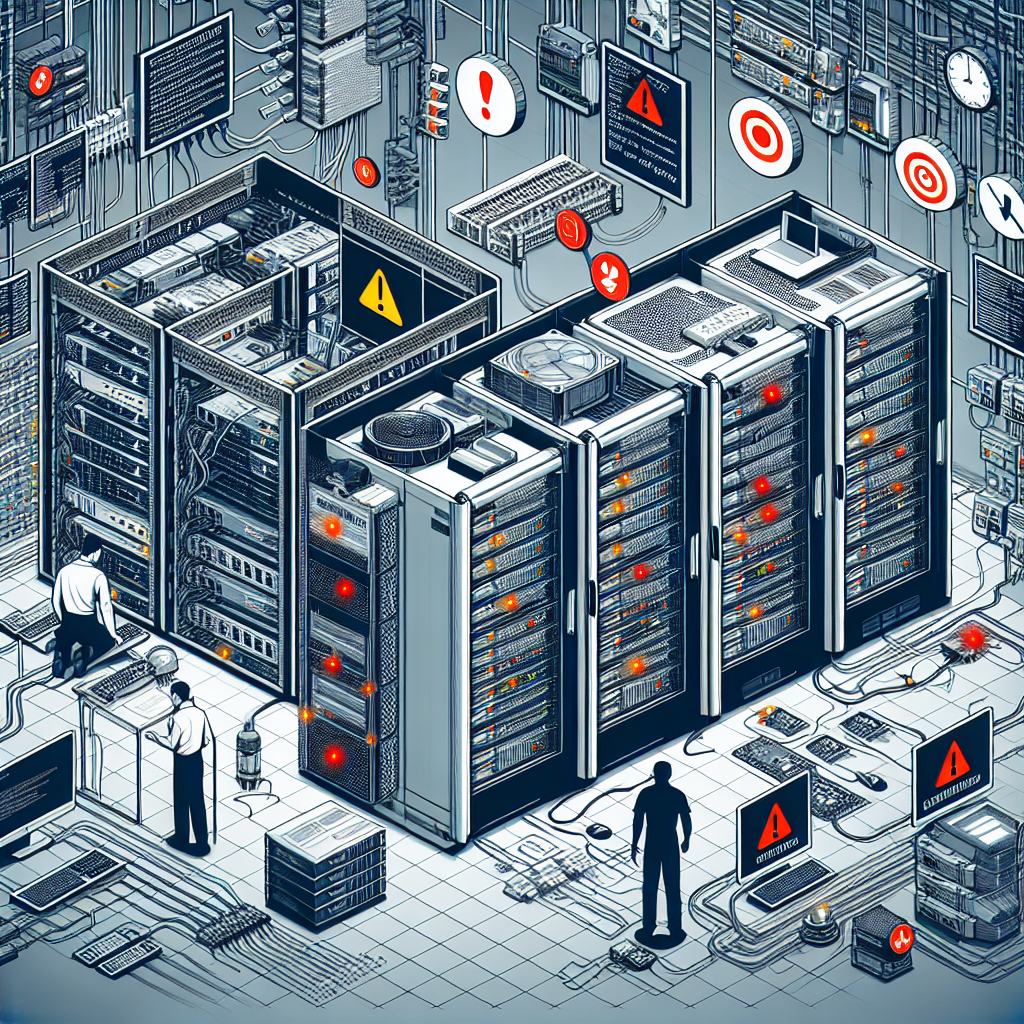Your cart is currently empty!
Troubleshooting Data Center Issues: Best Practices for Effective Problem Management

Data centers are the heart of any organization’s IT infrastructure, housing the critical systems and data that keep businesses running smoothly. However, like any complex system, data centers can experience issues that can disrupt operations and impact business continuity. It is crucial for data center administrators to have a robust troubleshooting process in place to effectively identify and resolve issues in a timely manner.
Here are some best practices for effective problem management when troubleshooting data center issues:
1. Establish a monitoring system: Implementing a comprehensive monitoring system is essential for detecting issues in real-time and proactively addressing them before they escalate. Monitoring tools can track key performance indicators such as server health, network latency, and storage capacity, providing administrators with valuable insights into the overall health of the data center.
2. Define clear escalation procedures: In the event of an issue that cannot be resolved at the initial level, it is important to have clear escalation procedures in place. This ensures that the problem is quickly escalated to the appropriate personnel with the necessary expertise to address it effectively.
3. Conduct regular maintenance: Regular maintenance of data center equipment is essential for preventing issues before they occur. This includes performing routine checks on hardware, updating software, and addressing any potential vulnerabilities that could lead to security breaches or system failures.
4. Document troubleshooting procedures: It is important to document troubleshooting procedures for common data center issues to ensure consistency and efficiency in problem resolution. This includes creating step-by-step guides for identifying and resolving common problems, as well as documenting any lessons learned from past incidents.
5. Collaborate with stakeholders: Effective communication and collaboration with stakeholders, including IT teams, vendors, and business units, are critical for successful problem management. By working together, teams can leverage their collective expertise to quickly identify and resolve issues, minimizing downtime and impact on business operations.
6. Implement a change management process: Changes to the data center environment, such as software updates or hardware upgrades, can introduce new risks and potential issues. Implementing a robust change management process helps to minimize the impact of changes on the data center and ensures that all changes are properly documented and tested before implementation.
7. Continuously improve: Finally, it is important to continuously assess and improve the troubleshooting process based on lessons learned from past incidents. By analyzing root causes and implementing corrective actions, data center administrators can prevent recurring issues and build a more resilient and efficient infrastructure.
In conclusion, effective problem management is essential for maintaining the reliability and performance of a data center. By following best practices such as implementing a monitoring system, defining escalation procedures, conducting regular maintenance, documenting troubleshooting procedures, collaborating with stakeholders, implementing a change management process, and continuously improving the process, data center administrators can effectively identify and resolve issues to ensure business continuity and minimize downtime.

Leave a Reply